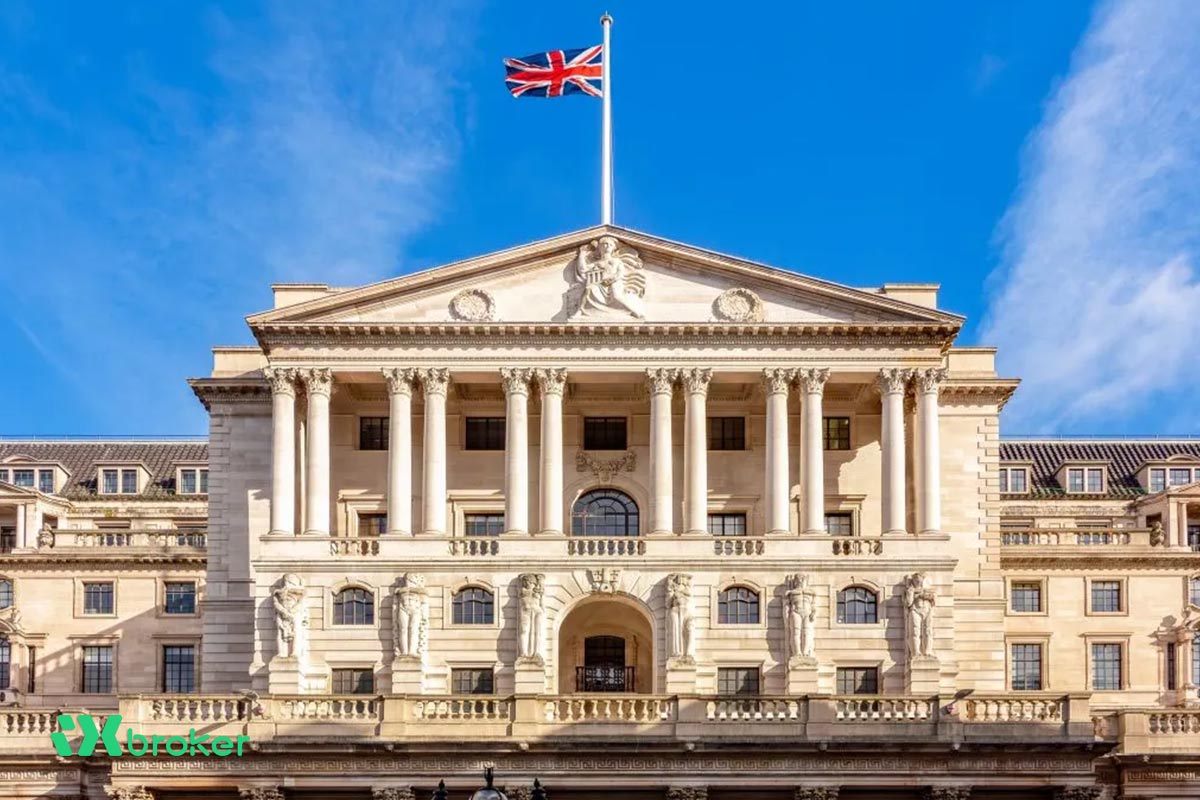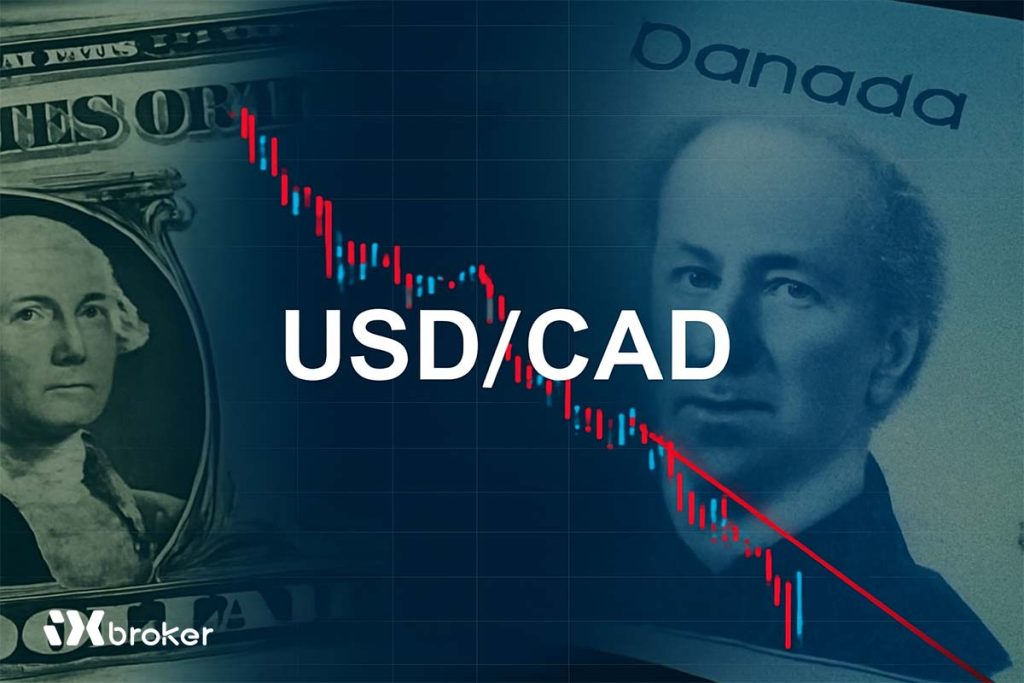The Bank of England has lowered interest rates from 4.25% to 4%, the lowest level since March 2023. While this decision is meant to support growth in a slowing economy, the move will have very different effects depending on whether you’re a borrower, saver, or retiree.
Here’s what you need to know.
Mortgages: Lower Costs for Some, Relief for Re-fixers
The Bank’s base rate directly influences how much banks charge customers for loans, including mortgages.
Variable-rate mortgages: Homeowners with a £250,000 standard variable rate mortgage over 25 years could see repayments fall by around £40 a month, according to Moneyfacts.
Fixed-rate mortgages: Most borrowers are on fixed deals. Two-year and five-year fixed rates have dropped to around 5%, down sharply from peaks of nearly 7% in 2023.
This is encouraging for households now locking into new deals, especially those rolling off two-year fixes set during last year’s peak. However, those whose five-year deals (set below 3%) are expiring will still face a sharp jump in monthly costs.
Savers: Falling Returns, Rising Inflation Pressure
For savers, the picture is far less positive.
The average savings rate is 3.5%, already 0.42% lower than a year ago, with further falls expected.
Easy-access ISAs have also seen rates slide.
As finance expert Rachel Springall warns, “Savings rates are getting worse and any base rate reductions will spell further misery for savers.”
The problem is compounded by inflation. The Bank expects consumer prices to rise to 4% in September, meaning savers could lose out in real terms as inflation erodes the value of their deposits.
Inflation: Why Cut Rates Now?
The Bank of England’s primary mission is to keep inflation at 2%, but the rate currently sits at 3.6% and is forecast to rise further in the near term.
Ordinarily, higher inflation would argue against a rate cut. But the UK economy is struggling to grow, and the jobs market is weakening – with fewer vacancies and rising unemployment. By cutting rates, the Bank hopes to stimulate demand and support hiring, even if this risks keeping inflation elevated a little longer.
Jobs and Businesses: Mixed Impact
For businesses, inflation means higher costs. That often translates into weaker hiring, delayed investment, or slower wage growth. Indeed, wage growth is already expected to slow in the coming months.
This weaker backdrop justifies lower rates, which can reduce financing costs and encourage investment. Still, for workers, sluggish wage growth and a tougher job market may offset the benefits of slightly cheaper borrowing.
Pensions: A Silver Lining for Retirees
One group could benefit from rising inflation: pensioners.
The state pension rises each April based on the “triple lock” – whichever is higher of 2.5%, wage growth, or inflation. Since inflation is expected to hit 4% in September, this could mean:
About £9.20 extra per week for those on the full new state pension.
Around £7 more per week for those on the basic state pension.
The Balancing Act Ahead
The Bank of England faces a delicate balancing act: fighting inflation without stifling growth. By cutting rates, it has chosen to prioritize supporting the economy and the jobs market, even at the risk of near-term price pressures.
For households, the consequences are clear: borrowers gain, savers lose, and pensioners could see a welcome boost.



